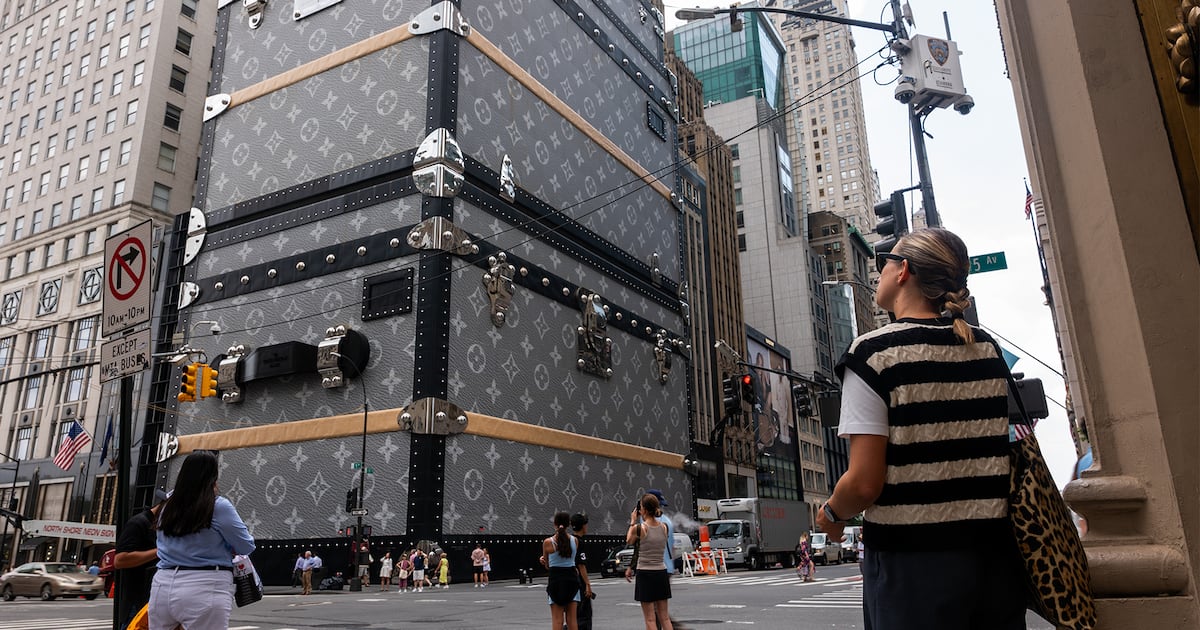What’s Happening: The luxury downturn is deepening, with sector bellwether LVMH expected to report a double-digit decline in its fashion and leather goods division when the group reports quarterly sales and first-half profits July 24.
Is Bigger Still Better? In previous slowdowns like the 2008 financial crisis or Covid-19 pandemic, LVMH’s staggering scale and exposure across competing categories helped it hold up better and bounce back more quickly than rivals. This time, jewellery-focused Richemont, standalone giant Hermès and smaller groups like Prada, Moncler, Zegna and Brunello Cucinelli have proved more resilient while LVMH’s woes deepened.
Unjustified price hikes — or “greedflation” — in the group’s key handbag category is largely to blame. The group is also navigating a generational shift in its top ranks. LVMH’s marketing budgets and clout with landlords remain unparalleled. But in today’s fast-changing luxury market, more focused companies appear to have the advantage when it comes to nimble decision-making and execution.
The coming quarters will show whether the conglomerate’s current down cycle represents a blip or a paradigm shift.
Vuitton Under the Microscope: LVMH is facing challenges across key units — from layoffs at Moët Hennessey to falling sales at Dior to lacklustre performance at duty-free retailer DFS. But with a designer transition underway at Dior and new management in place at Moët, those works-in-progress are increasingly seen by investors as yesterday’s story.
Reviving momentum at Louis Vuitton, the group’s biggest and most profitable brand, is now top of mind. “The biggest luxury brand on the planet and more than half of the group’s EBIT seems to be at a crossroads,” HSBC analyst Erwan Rambourg wrote last month in a note to clients. “The aspirational skew of the brand is unhelpful currently. A schizophrenic pull between low-end (chocolate, beauty) and high-end (exclusive leather ranges), fashion content (Murakami) and more subtle travel-related luxury items begs the question: What does LV really stand for? Who is it targeting? What is its USP?”
The creation of a new deputy CEO position (bringing over former Loro Piana chief Damien Bertrand in March to support chief executive Pietro Beccari) was a “red flag” signalling challenges at the brand, Rambourg said.
Balancing a variety of messages including hyper-visibility and sophistication, top-end and aspirational price points, core products and brand extensions has long been a part of the mega-brand formula. But another quarter of losing market share to the likes of Hermès and Prada — as analysts are currently forecasting — will lead investors to wonder: What’s the plan?
The Week Ahead wants to hear from you! Send tips, suggestions, complaints and compliments to brian.baskin@businessoffashion.com.
Disclosure: LVMH is part of a group of investors who, together, hold a minority interest in The Business of Fashion. All investors have signed shareholders’ documentation guaranteeing BoF’s complete editorial independence.
